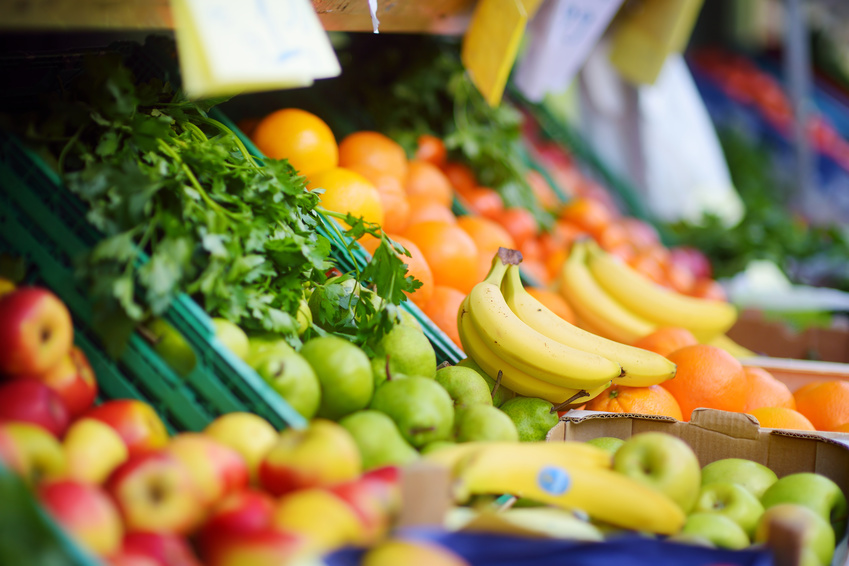
In our interactions with various agribusinesses since the start of the year, one issue that consistently comes up, in addition to the usual concerns around land reform policy, is trade. Whether one speaks to beef, wool, fruit or wine producers, increased access to new markets and efficiencies within the Department of Agriculture, Land Reform, and Rural Development in this regard is a constant theme.
This is unsurprising as South Africa’s agricultural sector is highly export-orientated, with exports accounting for roughly half of the production in value terms, about US$10,2bn in 2020 (up 3% year-on-year).
The increase in domestic agricultural output in the recent past and planned expansion in various subsectors in the coming years means that South African policymakers should focus on creating new opportunities in the export market.
In citrus farming, industry projections suggest that by 2030, South Africa’s output could increase by 76% from the 2021 expected harvest of 148.8 million of the standard 15 kg cartons. This means that South Africa should already be working on market access for the forecast citrus beyond the typical markets that the country is active in.
The same is true, albeit to a lesser extent, for other fruits such as avocados, deciduous fruits, as well as the livestock and wine industry.
Notably, there is coherence in markets that the industry players are interested in. The BRICS countries, the Middle East and Japan are where the industry eyes are on. The BRICS countries are an essential agricultural market, accounting for 12% or US$180bn of global agriculture and agro-processing imports, according to data from Trade Map.
Within this grouping of countries, China is the largest importer accounting for 68% of the total BRICS agriculture imports, followed by Russia (14%), India (10%), Brazil (5%) and South Africa (3%).
The top imported products across the BRICS countries include wheat, wine, cheese, citrus, palm oil, bananas, rice, apples and pears, beef, coffee, chocolate, and milk. While South Africa is a major producer of some of these products, its exports to the BRICS region are meagre. The BRICS countries account for an average of 7% of South Africa’s total agriculture exports over the past 10 years.
The key markets that South African agricultural role players are interested in within this grouping of countries are India and China. These are countries that South African policymakers should engage with productively to benefit the domestic agriculture and food industry. Some products already have access, but increased tariff-free access for a wide range of agricultural products that are likely to see strong growth in the coming years should be a priority for market access.
There is also increasing interest in Japan, which is an important agricultural market, the sixth largest in the world, accounting for an average of US$60bn agricultural imports a year. The products Japan typically imports are pork, maize, sausages, tobacco, beef, fish, wine, wheat, soybeans, cheese, coffee, bananas, nuts, and a range of vegetables, amongst other products. Again, these are products that South Africa produces, and in some cases, exports.
At the moment, Japan remains a small market for South Africa, accounting for 2% of South Africa’s overall agricultural exports of the aforementioned US$10,2bn a year. Fruit juices, maize, beans, and citrus are among the top agricultural products South Africa currently exported to Japan. There is now a growing interest in the wine industry, which could be paired with the broader fruit and beef industry to seek market access for a wide range of products.
Within the Middle East, Saudi Arabia is an important player in the global agricultural trade, being ranked the world’s twentieth-largest importer of agricultural products in 2019, valued at US$20 billion, according to data from Trade Map. Of that, South Africa was a minor player, accounting for less than 2% of all the imports. Saudi Arabia’s top imported agricultural products were meat and edible offal, rice, barley, milk and cream, cheese, live sheep and goats, sugar cane, maize, chocolate, citrus, palm oil, oilcake, bananas, tea, vegetables and fruit juices.
These are also products that South Africa is a major producer of, and producers are looking at exploring export markets.
In sum, while South Africa’s agricultural sector has enjoyed robust export activity in the recent past, there should be no complacency; there is a need for further expansion in export markets, and the industry players already know the markets they are interested in. These are the markets which the government should prioritize in their engagement with their foreign equals in exploring trade opportunities.
We are mindful that this is not an easy process as other countries would probably want a reciprocal arrangement when South Africa is pursuing a localisation industrial and trade policy approach. Nevertheless, those are trade-offs for policymakers to balance; all the industry could do is express its views on export markets that will support the expansion in domestic agricultural output.



